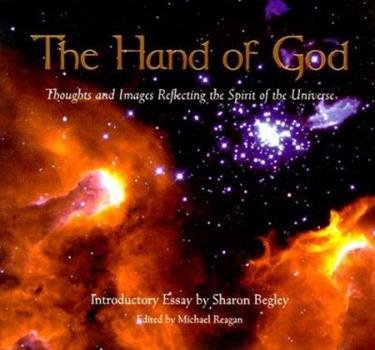The Fruits of Christian Meditation
For several years I was introduced to many different forms of meditation. Meditations of loving kindness, meditation of soft music, and many forms of guided meditation. I always expected something out of the ordinary to pop into my mind or some great aha moment. Hmmm, but little did I know...my grandson James, who attended the SK class at St. Ann Ancaster practised meditation.
We had just finished playing a game at the kitchen table and he was going to play in the other room while I made lunch. But as he walked across the room he turned around went back to the chair he was on before, he crossed his legs and put his hands on his knees, closed his eyes and began to meditate. I was truly amazed, I had no idea he was learning meditation. When I asked James what he was doing he said “my teacher told me that this is what I should do when I feel like this“. So I had not noticed any change in his demeanour. So when I asked why he felt he needed to meditate, he explained .....because he was feeling a bit sad because he was missing his parents.
At that young age he had been taught to recognize negative feelings and to react with positivity and to feel closer to God for comfort. Not all classes at his school offer Christian meditation so he went for a few years without that guidance but now at the age of nine the teacher he has this year has the students involved in Christian meditation. I am so very grateful to the teachers who feel that meditation can bring the fruits of the spirit alive in a child thereby enriching a healthy environment for students and teachers.
I’m a grateful Grandmother that my wee little grandson listens to his heart and feels God with him.
P.S. I too am blessed to be practicing Christian Meditation.
Could it be the ripple effect of that one teacher with one child?
-Holly Kropf, Companion of the Sisters of St. Joseph
Additional Resources: The Canadian Christian Meditation Community















